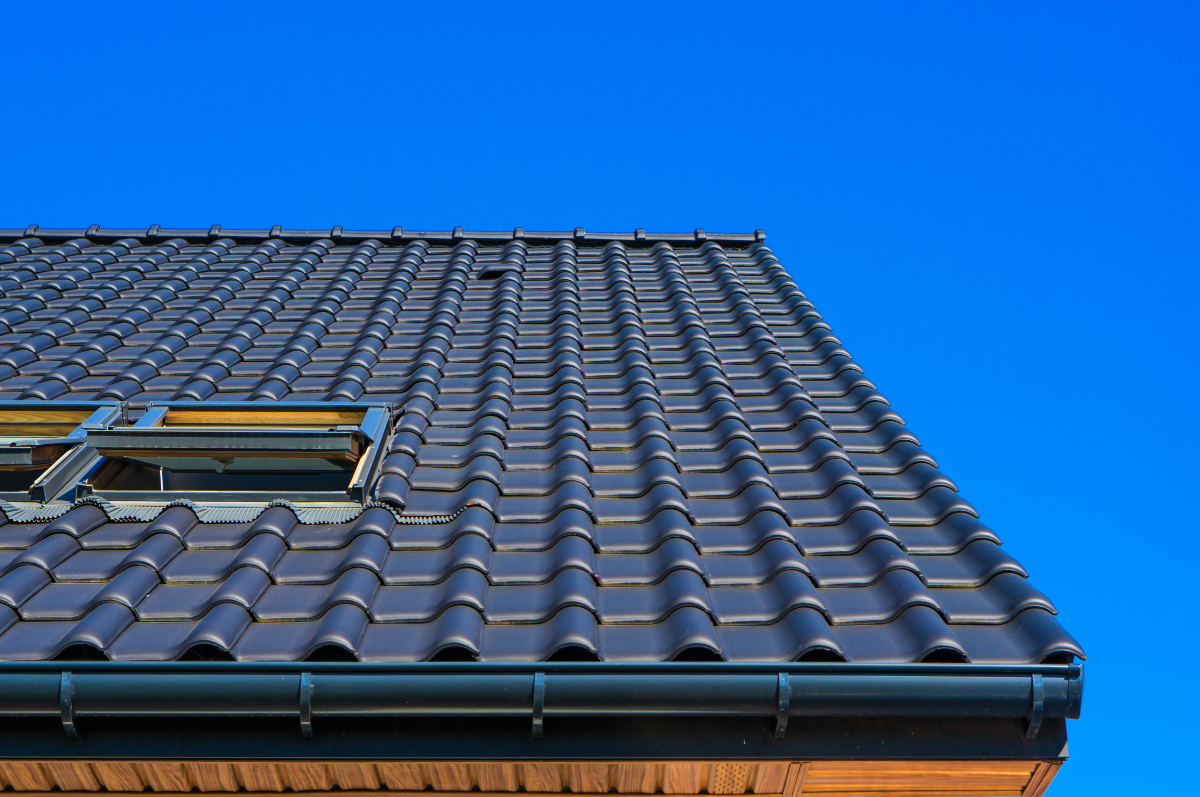Roofs need to be replaced when their age, condition and past repairs mean they can no longer protect your home. This guide explains typical lifespans, key signs of damage and how to determine if you need to replace your roof or carry out repairs. It also covers the factors that affect how long roofing materials typically last in England, and what you can do to save money and reduce risk over time.
Typical Roof Lifespans By Material
The type of material has the biggest impact on lifespan. Asphalt shingles usually last around 20 years. Fibre cement and some lightweight systems can reach 25 years. Good metal systems often reach 40 to 50 years. Concrete tiles typically last 50 years when well maintained. Clay tiles can last 50 years or more. Slate, if installed and maintained well, can reach 100 years. A flat roof made from felt, EPDM or similar materials may last 20 to 30 years, depending on the product and the quality of the work.
These are averages rather than promises. Roofing materials age at different speeds depending on weather conditions, exposure and maintenance. A roof in a coastal area may need replacing sooner due to salt, wind and rain. A roof in a sheltered spot may last longer.
Factors That Affect Lifespan
Weather conditions are a major factor. In england, wind, heavy rain, frost and snow can wear a roof over many years. Repeated freeze and thaw cycles can lead to cracks in tiles and damage to mortar. Summer heat can speed up ageing of some materials. Debris that collects in gutters can trap water and lead to leaks.
Maintenance is essential. Clear gutters and downpipes to allow water to flow. Remove moss where safe to do so, because moss can lift roof tiles and hold moisture against the surface. Check flashing around chimneys, roof windows and junctions, because loose flashing can let in water and cause damage to the attic and insulation. Good insulation and ventilation help prevent condensation, which can lead to rot and shorten the lifespan of timbers.
Installation quality matters. A roof that was fitted to a high standard will usually last longer and provide better protection against leaks. Poor details at valleys, verges and eaves can lead to early problems. Always use a professional installer and the correct materials for your house and local climate.
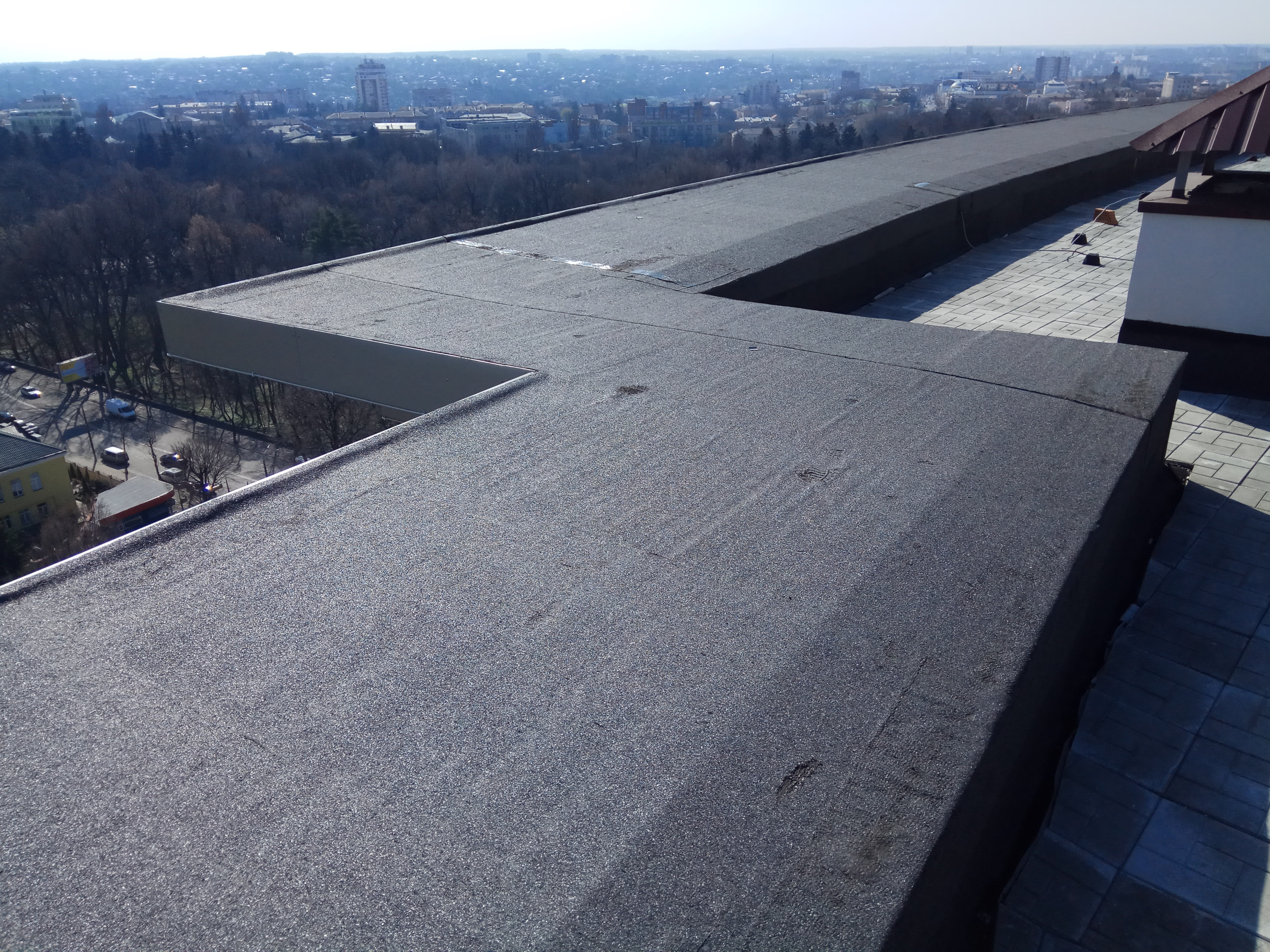
Signs Your Roof Needs Replacing
There are clear signs that a roof may need to be replaced. If you see water damage on ceilings or walls, you likely have a leak. If you can see daylight in the attic through the roof boards, the covering is no longer sound. Sagging in a flat roof is a warning sign that water is pooling and the structure is under stress. On a pitched roof, look for cracked, loose or missing roof tiles or slates. Check for damaged flashing and mortar. Look for tiles that have lost their surface finish, which can lead to faster wear.
Moss, algae and lichen are not always a problem on their own, but heavy growth can lift tiles and block gutters. Stains on fascia's or in the loft can show slow leaks. A run of repeated repairs at the same point often means the whole area is at the end of its life. If many tiles are damaged or brittle, the roof may need replacing rather than patch repairs.
Flat Roofs, Cracks and Punctures
A flat roof needs a clear path for water to drain. Ponding water can add weight, which can lead to sagging and leaks.
Cracks, puncture holes and splits in the covering are common issues, especially as the material ages. If these issues are spread across the surface, a full roof replacement is usually the best option.
If the flat roof is around 20 to 30 years old and you see these problems, it is a strong sign that the roof needs to be replaced.
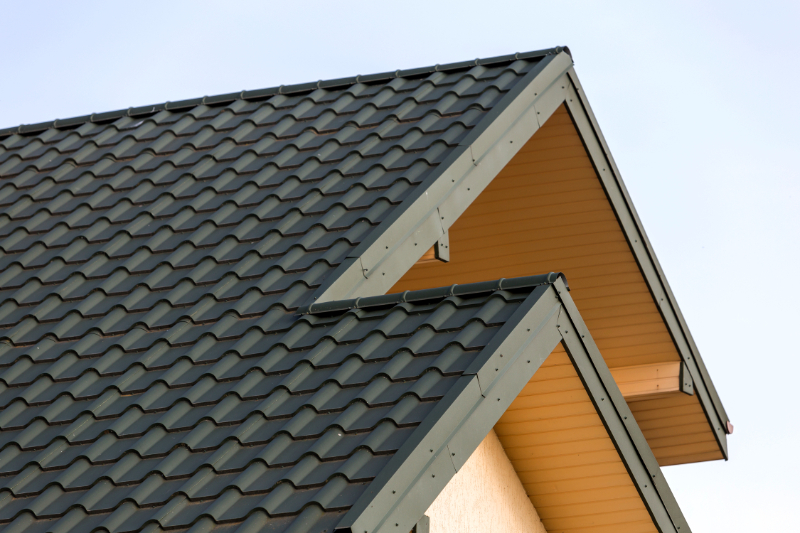
How Age Guides Your Decision
Age is a helpful guide, but not the only one. If your asphalt shingle roof is near 20 years and you are also seeing leaks or damaged areas, you may need a new roof. If your concrete tiles are near 50 years and many are cracked, replacement is sensible. Clay tiles often last longer, but old fixings or worn battens can still lead to issues. With slate, the stone may be sound after 100 years, yet the nails or flashing may have reached the end of their life, which can still lead to leaks.
Repair or Replace
Small, local problems can often be fixed. A few broken tiles, a short length of loose flashing or a blocked valley can be repaired. Repairs are a good choice when the rest of the roof is in good condition and the material is not near the end of its lifespan. You need to replace your roof when problems are wide, when the covering is brittle, or when repeated leaks show the system is failing. At that point, further repairs may only provide short relief and can cost more in the long run.
How Often To Inspect
Inspect your roof twice a year, in spring and autumn, and after severe weather. Look from the ground and from the attic where safe.
Check the gutters for debris, the flashing for gaps, and the roof tiles for cracks or movement.
A professional survey every few years can provide a clear report on condition, lifespan and any urgent repairs.
Regular checks help you find small issues early and can save you money.
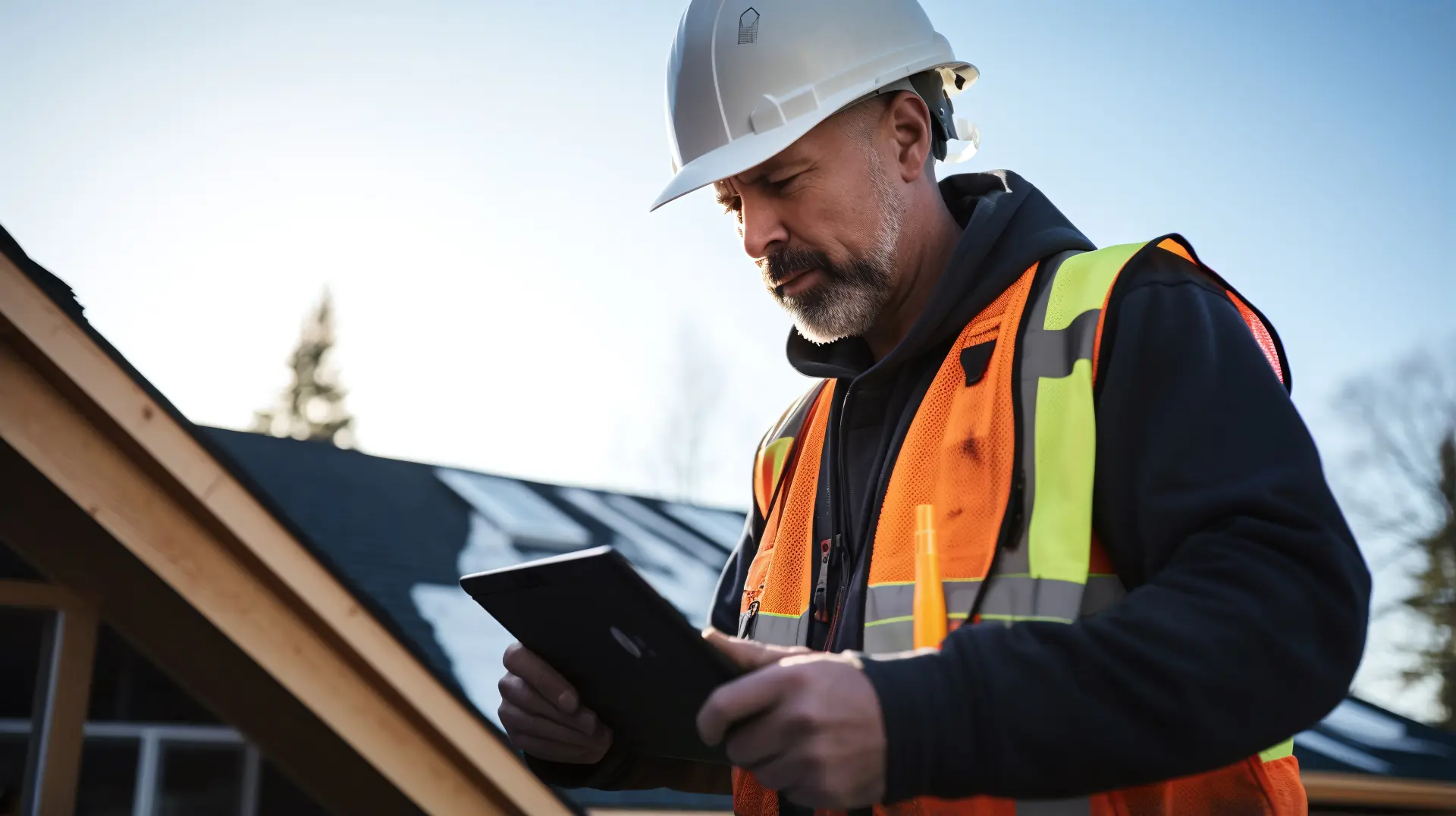
What Leaks Can Lead To
Even a small leak can cause large problems over time. Water can soak insulation, stain ceilings and lead to mould. Moist timber can rot, which weakens the structure and puts your property at risk. Persistent damp can damage electrical work and plaster. Acting at the first sign of a leak helps protect your home and can prevent the need to replace large areas later.
Attic Checks and Insulation
Your attic can tell you a lot about roof health. Look for damp patches, rust on nails and a musty smell. Good insulation helps keep the house warm and can reduce condensation. If insulation is wet, it loses much of its value and may need replacing. Fix the source of the leak first, then replace the wet insulation to restore performance.
Materials, Style and Where You Live
The best choice of roofing materials depends on your house, its design and where you live. Concrete tiles and clay tiles are common on pitched roofs and provide a long lifespan with the right fixings and underlay. Slate is strong, attractive and can last a very long time. Metal roofs can provide a clean look and a lifespan of 40 to 50 years. For a flat roof, modern single ply membranes and liquid systems can provide a reliable covering when installed by a professional. Your installer should provide guidance on the right type for your property and local weather.
Costs, Value and Planning Ahead
A new roof is a major investment, yet it also protects the whole house. Replacing a failing roof can save money by preventing larger repairs inside.
Plan ahead based on the expected lifespan of your material and the age of your roof.
Set a budget for future replacement so you can act at the right time rather than waiting for serious problems.
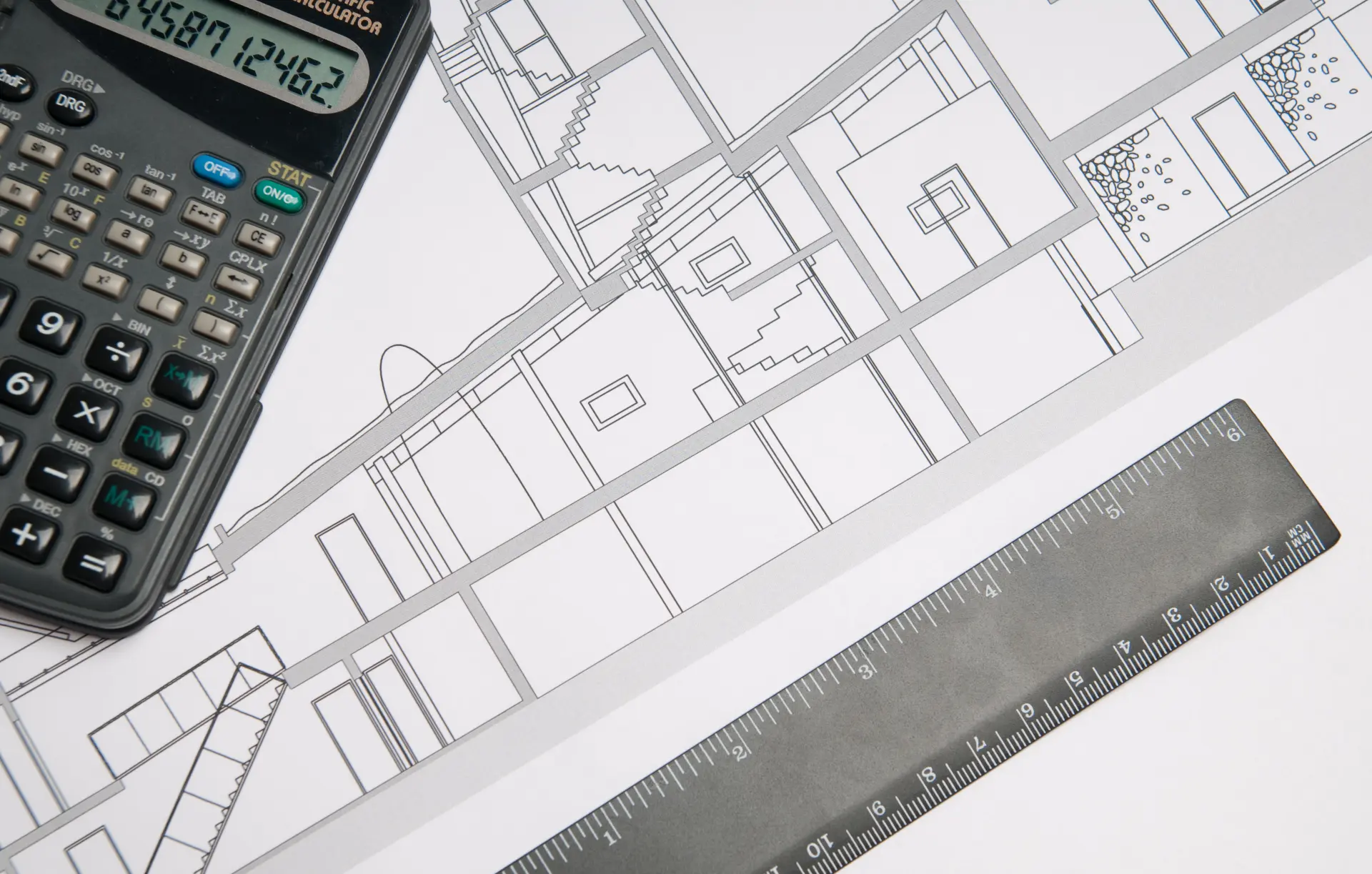
Safety, Rights and Insurance
Work at height is dangerous, so always use a qualified professional. In england, you may need approval for certain roof works, for example when changing the structure or when working on a listed building. Your insurer may ask for maintenance records, so keep notes of inspections and repairs. If you are a landlord or a tenant, speak to your agent or local authority to understand your rights and duties for roof maintenance and repairs. A written quote and a clear scope of work help ensure you get what you pay for.
When You May Need a New Roof
You may need a new roof when you see several of these points at once. The roof is near or past its expected years. There are ongoing leaks and water damage inside. Many roof tiles are cracked or missing. Flashing is failing at more than one junction. The flat roof surface shows many splits. The attic shows daylight or sagging timbers. At this stage, a full roof replacement provides a longer, safer fix than repeated repairs.
How To Determine The Roof's Age
If you do not know the age, you can often find clues. Check any house survey, past invoices or planning records. Ask neighbours with similar homes when they replaced theirs. A professional roofer can inspect fixings, underlay and materials to estimate age and condition. This helps you decide if the roof needs replacing soon or if repairs will provide more years of service.
Professional Checks and Next Steps
A professional inspection will assess materials, flashing, valleys, gutters and the structure. You should get a written report that explains the condition, the likely lifespan and the options for repair or replacement. Ask the installer to explain what work is included, what warranty is offered and what maintenance is required to maintain that warranty. Good care and regular checks help your roof last longer and protect your home.
Do you require commercial roofing contractors in Glasgow and the surrounding areas of Scotland?
Get in touch today to discuss your requirements.
Commercial Roofing Contractors Glasgow
